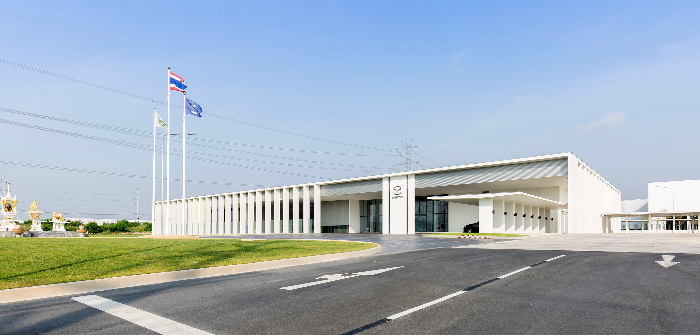As quoted on the front cover of Engine + Powertrain Technology International in June 2016, Kenichiro Saruwatari, vice president of R&D at Mazda Europe, used the 2016 Geneva Motor Show to reiterate the company’s staunch support for the IC engine. “We’ll create the first HCCI engine and be the last with BEVs,” Saruwatari said. While HCCI technology is just around the corner two years later, Mazda has reiterated that it has no plans for battery electric vehicles
With the increase in electric car development, Mazda has led new research to suggest that 55% of UK drivers and almost 60% of European drivers see a positive future for petrol and diesel engines.
The Mazda Driver Project research commissioned together with Ipsos MORI polled 11,008 people across key European markets and an average of 58% believe there is “a lot of innovation and improvement still to come with petrol and diesel engines”.
The results contradict the current movement within the industry and has led Mazda to further develop the traditional internal combustion engine to facilitate its use in future cars.
The Japanese OEM further highlighted its belief in the IC engine, stating that 29% of UK drivers polled “hope that diesel cars will continue to exist” as electric cars become more common; 44% hope that petrol will continue; and 36% of drivers stated that if running costs were the same as an electric car they would “prefer a petrol/diesel car”.
Despite the gathering momentum behind autonomous vehicles, according to the OEM only 29% of UK drivers “welcome the advent of self-driving cars”; against this backdrop, Mazda continues to progress its pioneering advanced safety features and Mazda Co-Pilot Concept autonomous driving technologies.
“We recently launched ‘Sustainable Zoom-Zoom 2030’, our long-term vision for technology development,” said Jeff Guyton, CEO at Mazda Motor Europe. “In it, we set out how we plan to use driving pleasure to help solve issues facing people, the earth and society.”
“In the case of greenhouse gas emissions, we believe it’s necessary to have the right solution at the right time. For us this means taking a well-to-wheel view, and therefore today’s most rational offering is a combination of internal combustion engines and electric devices which consider each market’s energy situation and power generation methods. In this context, we are determined to perfect the internal combustion engine.”
Mazda continues to work toward its ‘Sustainable Zoom-Zoom 2030’ vision to combine the best of internal combustion engines with effective electrification technologies.
Central to this ambition is Skyactiv-X, the new engine utilizes compression ignition to combine the advantages of petrol and diesel engines to achieve greater environmental performance, power and acceleration performance.
“Our aim is a motorized society free of traffic accidents,” added Guyton. “There are three main keys to realize this. First, we continue to advance safety fundamentals across our range driving position, pedal layout, visibility and our Active Driving Display.
“Second, we continuously develop, update and make standard many advanced safety features such as Blind Spot Monitoring. Finally, we aim to make the Mazda Co-Pilot Concept standard by 2025.”
February 14, 2018


